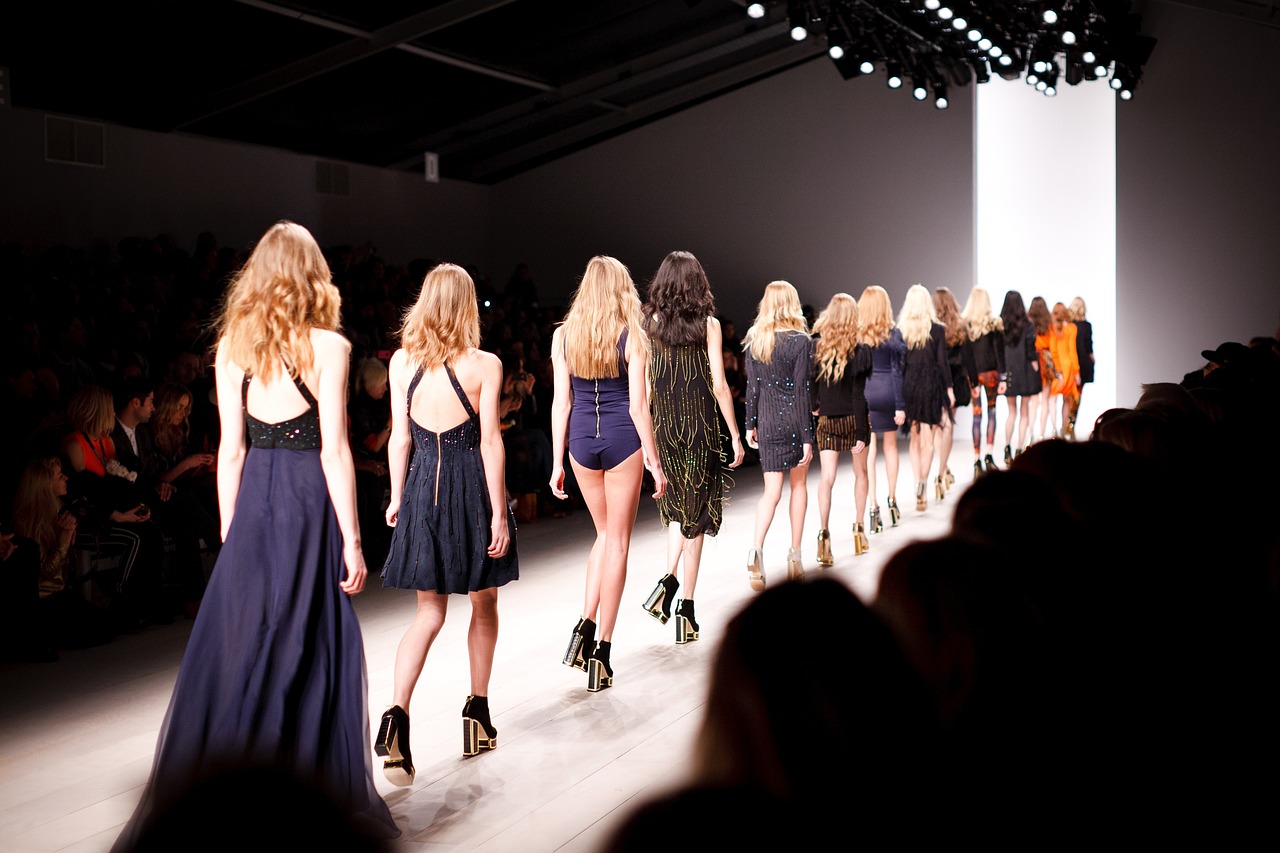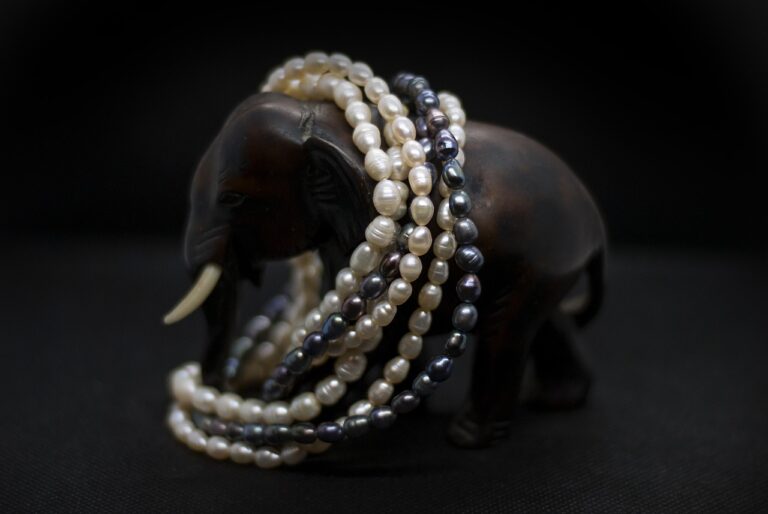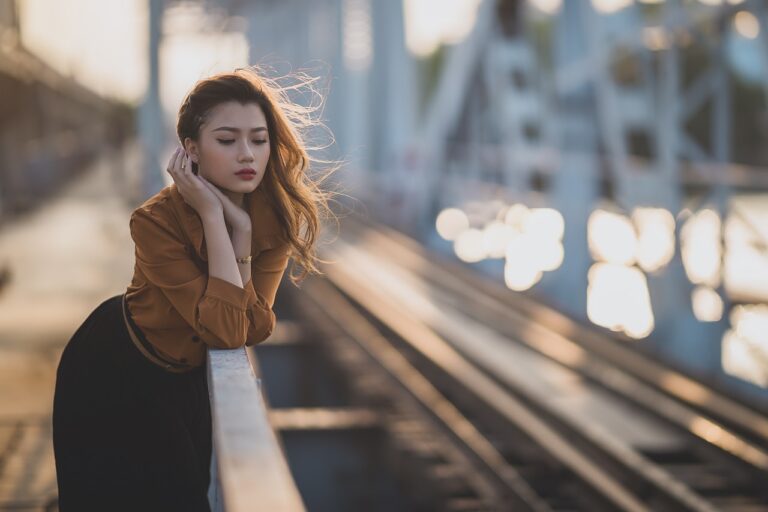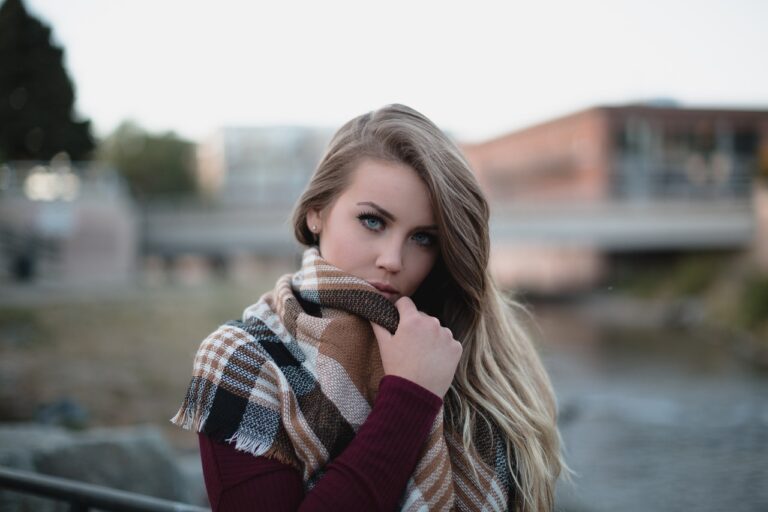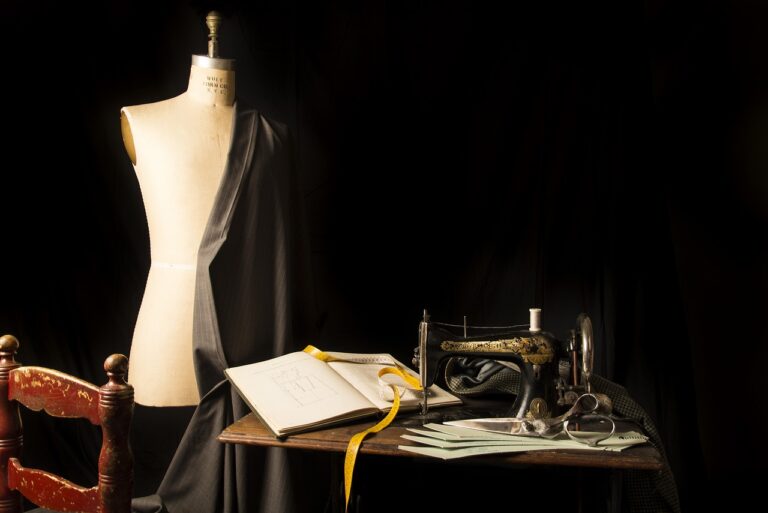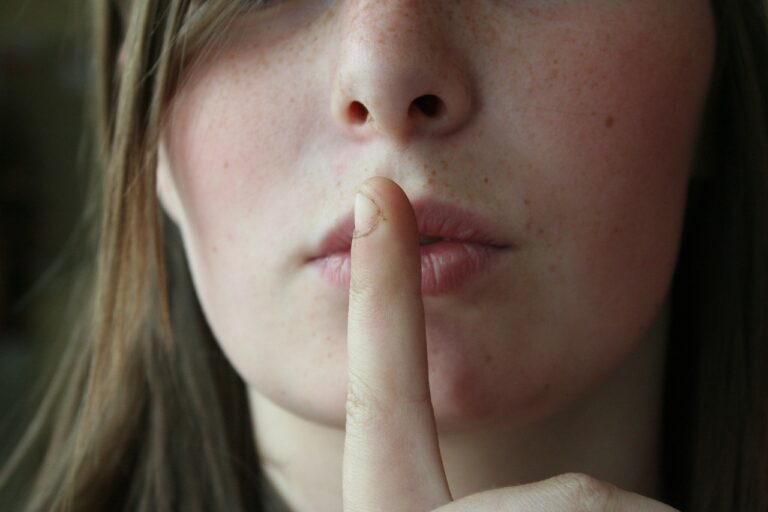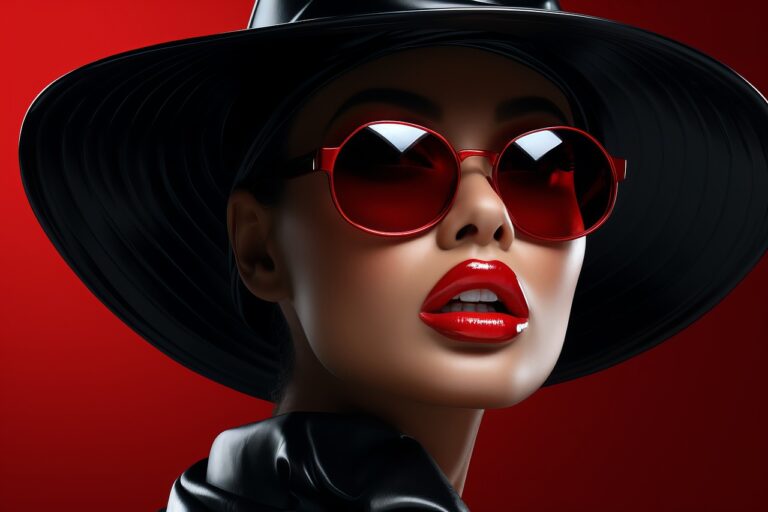Fashion and Film: Costumes as Storytelling Devices
Costumes are a vital component in the realm of filmmaking, playing a crucial role in the development of characters on screen. Through the careful selection and design of costumes, filmmakers have the ability to visually communicate the essence of a character, conveying their personality traits, background, and motivations to the audience. A character’s costume can speak volumes about who they are, offering subtle cues and insights that enrich the viewer’s understanding and connection with the narrative.
Moreover, costumes serve as a powerful tool for actors to inhabit their roles more fully, aiding them in embodying the nuances and complexities of their characters. By physically donning a costume that aligns with the character’s identity and journey, actors are able to tap into a deeper level of authenticity and emotional resonance in their performances. The transformation that occurs when an actor steps into costume can be profound, influencing not only their outward appearance but also their internal portrayal of the character, resulting in a more compelling and multidimensional portrayal on screen.
The Historical Significance of Costumes in Film
Costumes in film have played a vital role in transporting viewers to different eras and settings. From elaborate period pieces to futuristic sci-fi films, costumes serve as visual cues that immerse the audience in the story being told. The attention to detail in creating historically accurate costumes can bring a sense of authenticity to a film, enhancing the overall viewing experience.
Moreover, costumes can help convey the societal norms and values of a particular time period. They provide insight into the social status, occupation, and personality of each character, shaping the audience’s understanding of the narrative. Whether it’s a lavish ball gown worn by a wealthy aristocrat or rugged workwear donned by a laborer, costumes can communicate a character’s place in society and their role within the story.
How Costumes Can Reflect Social Status and Class
Costumes play a vital role in visually communicating the social status and class of a character in film and television. Through the choice of fabrics, colors, and styles, costume designers can effectively convey the economic standing and societal position of a character without the need for explicit dialogue. For example, elaborate and luxurious costumes can indicate wealth and privilege, while simple and worn-out attire can suggest a lower social status.
Additionally, the details and accessories of a costume can further emphasize the social status and class of a character. Fine jewelry, tailored suits, and designer labels can denote high social standing, while mismatched or outdated accessories can imply a lack of wealth or refinement. By paying close attention to these costume elements, filmmakers can create a more immersive and authentic portrayal of different social classes in their storytelling.
In film and television, costumes are a powerful tool for visually communicating social status and class
Choice of fabrics, colors, and styles can convey economic standing and societal position without explicit dialogue
Elaborate and luxurious costumes often indicate wealth and privilege
Simple and worn-out attire can suggest a lower social status
Details and accessories such as fine jewelry, tailored suits, and designer labels can denote high social standing
Mismatched or outdated accessories may imply a lack of wealth or refinement
Paying attention to these costume elements helps create a more immersive portrayal of different social classes in storytelling
How do costumes enhance character development in films?
Costumes play a crucial role in conveying a character’s personality, background, and motivations. The choice of clothing, accessories, and overall style can help audiences understand the character’s social status, class, and even their emotional state.
Can you provide examples of how costumes have reflected social status and class in film?
Certainly! In many period dramas, such as “Pride and Prejudice” or “The Great Gatsby,” costumes are used to visually represent the characters’ wealth and social standing. Rich fabrics, elaborate designs, and expensive accessories are often used to signify high social status.
How do historical films use costumes to accurately depict a certain time period?
Historical films pay close attention to detail when it comes to costumes, ensuring that they are historically accurate and reflective of the time period being portrayed. By studying fashion trends, textiles, and social norms of the era, costume designers can create an authentic visual representation on screen.
Can costumes also be used to subvert social expectations and class stereotypes?
Absolutely! In some films, costumes are intentionally used to challenge traditional notions of social status and class. Characters may be dressed in a way that defies their expected background, creating intrigue and subverting audience expectations. This can add depth and complexity to the storytelling.

